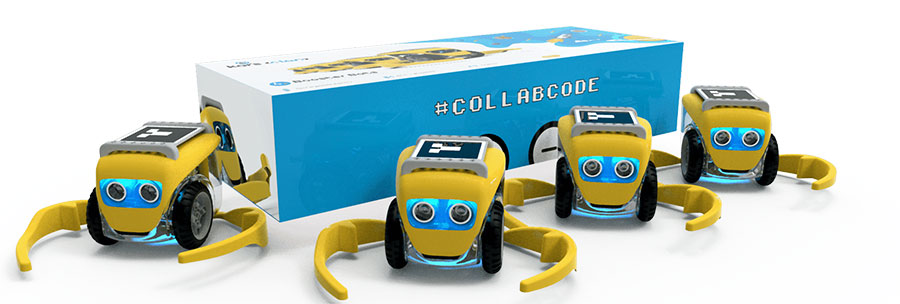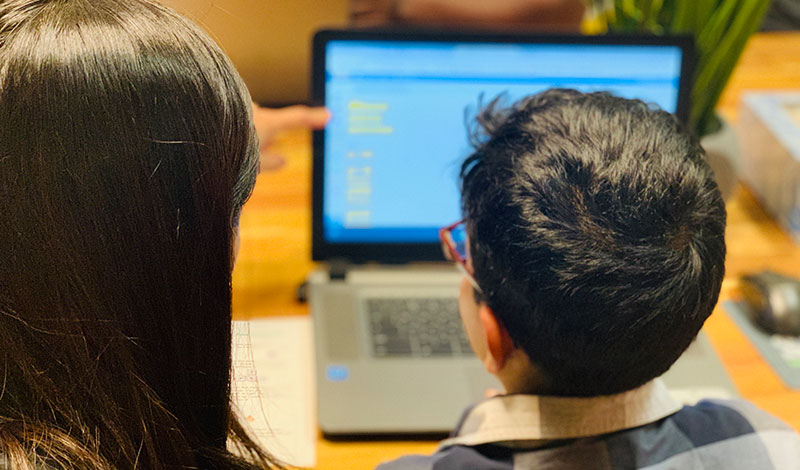
Telling Bedtime Stories means More Than Just Putting Your Toddlers to Sleep
Telling Bedtime Stories means More Than Just Putting Your Toddlers to Sleep
Bedtime stories are special for reasons more than one. Parents may not get time to bond with their children during the day time, due to their busy work schedules. The daily bedtime story routine establishes a bond between the tiny-tots & their caregivers. Especially in today’s digital age where there is constant intervention from mobile apps, tabs, etc. the element of human-interaction is lost. Bedtime stories provide an opportunity to invest in quality time, even if it’s only for 15 minutes.
Inculcating good reading habits is fundamental to the child’s success at school, so the bedtime story exercise does just that passively, if not actively. It encourages the child to be a frequent reader while stimulating his imagination before drifting into sleep.
Benefits of Reading Bedtime Stories to Children
Here are a few good reasons to make bedtime story narration a priority for your children:

Great Conversation Starters
Often children are reluctant and don’t open-up quickly when asked how their day at school was. Story time at night is a relaxed activity, where children feel more comfortable sharing their day’s experiences with their parents. Also, while parents read to them, children might have questions on the characters of the story, or a scene that they find rather intriguing. This sets the right moment for conversation starters and also gives the child assurance that asking questions in school is a good habit.
Builds on Child’s Vocabulary
Parents need to make sure they are choosing the right Bedtime Story Book for their little munchkins. Your child is not just passively listening, but also learning a great deal of words & vocabulary through this fun activity. The genres that are popularly picked-up for night stories are more like fantasy-oriented tales and fiction novels. Avoid books that are too heavy for the child. Horrific horror stories might give them nightmares. Refining the vocabulary through the right books and narrating the story by practicing pauses, using correct pronunciations, and voice modulation goes a long way in helping the child recall new words.
Helps in Emotional Catharsis
In today’s uncertain times, the child’s EQ (Emotional Quotient) is as important, if not more, than their IQ (Intellectual Quotient). A well-rounded student is one who is not only academically brilliant, but is equally emotionally sound. When the kiddo hears inspirational stories it teaches them lessons, which might not have been discussed otherwise. Meaningful positive emotions are evoked when children hear stories that teach them morals like; Slow and Steady Wins the Race, Success is Achieved Through Hard Work, and Treat Others the Way you Want to be Treated. Children can relate to child-like characters from the book and validate their own experiences, which gives them some sort of relief.
Creates Habit for Routine
Routine and discipline are vital aspects to lead a stable & prosperous lifetime. We have read about famous people and successful businessmen who earned success and fame by following regular routines and maintaining vigilant discipline in their day-to-day life. A bedtime story sets the pace for a repeated practice that is unavoidable and non-negotiable. This concept will help the child when he advances to higher grades. He will understand that homework and studies are mandatory and it is not right to throw tantrums or excuses to skip it.
Sparks Imagination and Creativity
A bedtime fairyland story will transport kids into a fantasy world which is filled with possibilities and adventure. This onboard tale might have talking cows and flying elephants, which is unreal, but definitely makes the child curious. Children at about 2 years of age start exploring their own creative talents and become more perceptive to new imaginative ideas. It is rightly said that ‘Books can teach you about the world and transport you to places you have never been.’ Hence reading stories to kids about the world along with a bit of geographical expedition proves to be advantageous.
Builds on Reading Skills
Night-time story sessions can be made more engaging by involving your child while reading the book. Parents could take turns to read alternate pages and allow the child to do some reading as well. If the book has some characters, the child can be assigned to play the role of that character and read lines from the book that belongs to that lead. We are sure your babies will have fond memories while sleeping, post their happy story-time session with you.
Now the question arises, where do you get a new set of a storybook to read from to your child every night? Well, we know just the right platform. Highlights Library is an all-in-one digital reading tool available in UAE and GCC counties, that gives parents access to over 2,500 story books! We are assertive the extensive selection of age-appropriate books presented on Highlights by famous authors will surely help inculcate a love for reading amongst children. The best part about Highlights is that it can be easily downloaded from the App store on mobiles & tabs and accessed at any time. Its extensive reach makes it a popular reading platform in the Middle East, especially the tech-savvy Dubai and also other countries across the Western and the Eastern parts of the world.














Recent Comments